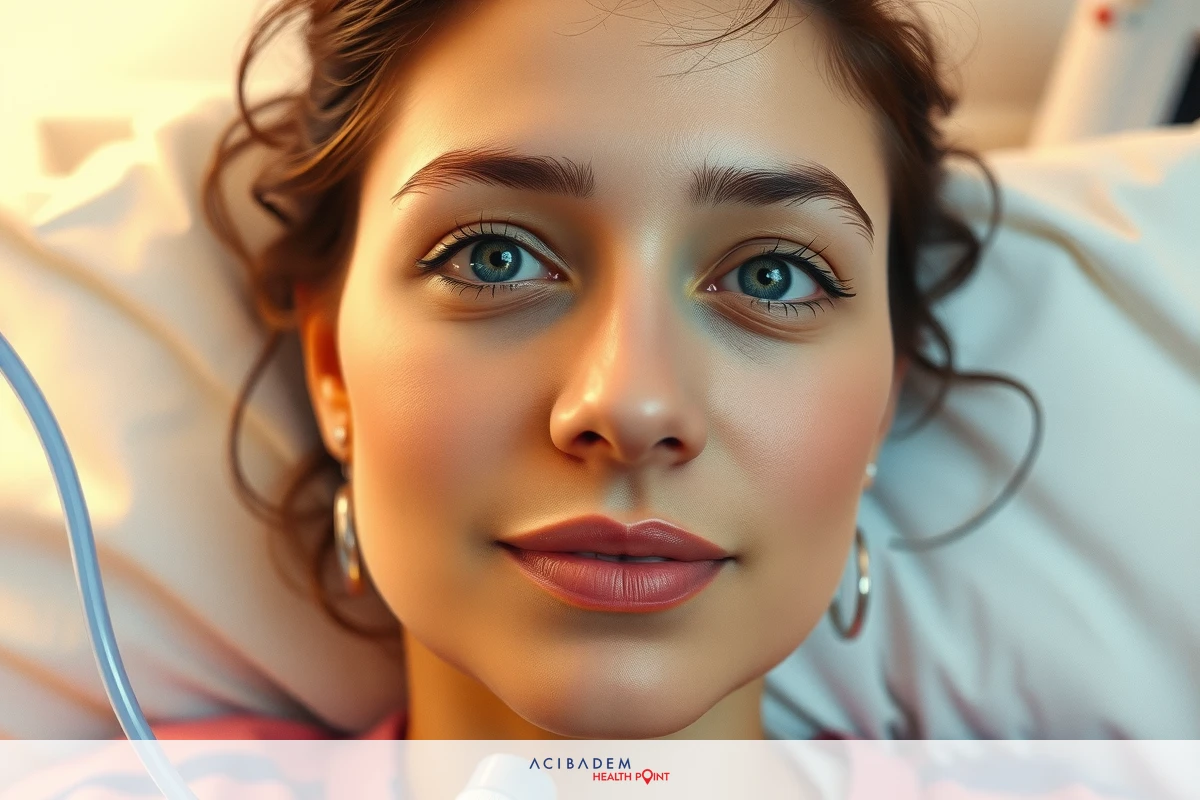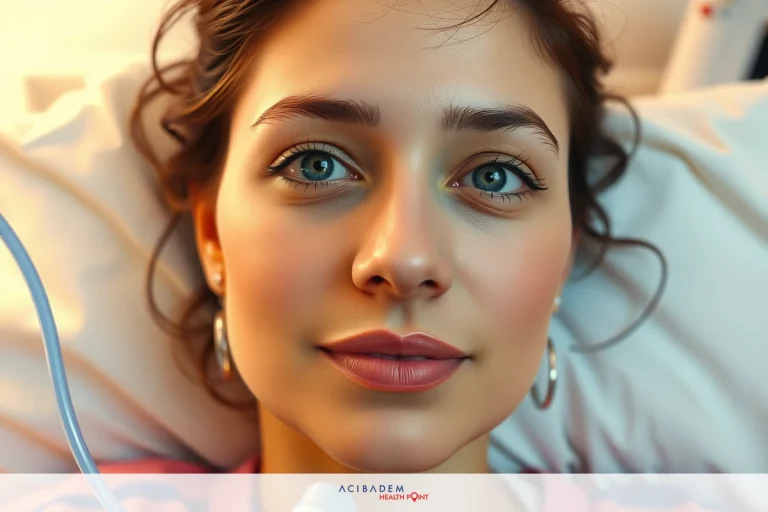Why Does the Doctor Inject You for Rhinoplasty?
Why Does the Doctor Inject You for Rhinoplasty? Rhinoplasty, a term many associate with cosmetic enhancement, often involves an aspect less considered: injections. Far from being arbitrary, these injections play pivotal roles in molding the nose into its newly desired shape. With a nuanced understanding of facial anatomy and aesthetic proportionality, doctors utilize these tools to sculpt and refine.
The types of injections used are varied and purposeful. Each serves a specific function designed to maximize patient comfort during surgery while ensuring optimal results post-operation. Understanding their benefits can demystify the process considerably, making it more approachable for those contemplating this form of facial refinement.
Post-operative care is another facet where knowledge plays a comforting role. Knowing what to expect after rhinoplasty involving injections can alleviate concerns about recovery time frames or possible complications. This newfound clarity allows patients to embark on their rhinoplasty journey informed and confident.
Benefits of Injections in Rhinoplasty
In the world of rhinoplasty, injections are not merely a medical procedure but an art form. The doctor, akin to an artist, uses these injections as tools for sculpting and refining. It’s through their expert hands that desired results take shape, illustrating the remarkable benefits of using injections during this aesthetic transformation.
So what makes these injections so beneficial? For starters, they provide doctors with precise control over modifying specific areas of the nose. This precision proves instrumental in tailoring each rhinoplasty procedure to meet individual patient needs and expectations. Furthermore, certain types of injectable fillers can offer temporary changes allowing patients to visualize potential long-term alterations before committing fully to surgery.
Injections also play a crucial role in reducing discomfort during the rhinoplasty process. Local anesthesia is often administered via injection to numb targeted areas effectively. This application ensures patients experience minimal pain while granting surgeons uninterrupted focus on crafting their work unhindered by patient distress.
Lastly, one must not overlook post-procedure improvement facilitated by strategic use of injections during surgery. Swelling reduction and improved wound healing are substantial advantages provided by some injectables used intraoperatively or post-operatively—a testament to how such seemingly simple elements within a complex medical procedure can significantly enhance overall results.
Types of Injections Used in Rhinoplasty
Investigating the landscape of rhinoplasty, one quickly realizes a myriad of injections are employed by doctors during this intricate medical procedure. Each has its unique purpose and function, contributing to the overall enhancement achieved via surgery.
- Local Anesthetics: Often used to numb specific areas prior to surgery, local anesthetics such as Lidocaine or Bupivacaine provide comfort for patients while allowing doctors undisturbed focus on their surgical artistry.
- Corticosteroids: Injected intraoperatively or post-operatively, these types aid in reducing swelling and promote faster wound healing – crucial factors in ensuring optimal results post-rhinoplasty. 3. Dermal Fillers: Notably hyaluronic acid-based fillers like Restylane or Juvederm offer temporary changes that allow patients to visualize potential long-term alterations before committing fully to
surgery.

- Botulinum Toxin (Botox): While not typically associated with rhinoplasty, it can be injected into nasal muscles pre-surgery helping reduce post-operative swelling.
By understanding how each type contributes uniquely towards improving final outcomes, we gain insight into why doctors choose various injections throughout a rhinoplasty procedure’s course. This knowledge also empowers prospective patients making them active participants in their transformation journey rather than mere bystanders.
Recovery and Aftercare for Injected Rhinoplasty
The journey of rhinoplasty doesn’t end with the completion of the medical procedure. Instead, it paves the way to a critical phase known as recovery and aftercare. This period following an injected rhinoplasty is where your body takes over from the doctor’s skilled hands, healing and adapting to its new form.
During early recovery stages, patients might notice swelling or bruising in areas that received injections. However, these are temporary conditions expected post-procedure rather than causes for alarm. Trusting in this natural process becomes crucial, understanding that each day brings you closer to experiencing the full improvement promised by your rhinoplasty procedure.
Aftercare instructions provided by doctors usually encompass several key points. First off, rest is paramount – giving your body time to heal without unnecessary exertion aids speedier recovery. Second comes medication management; painkillers prescribed should be taken responsibly while any signs of infection must be reported immediately to your healthcare provider.
Another aspect involves taking care of surgical sites directly — cleaning them gently as instructed while avoiding disturbing any sutures or protective coverings applied post-operatively can prevent complications down the line. Proper nutrition also factors into effective aftercare — consuming balanced meals rich in vitamins and proteins supports overall health during this recuperative stage.
Finally yet importantly, follow-up appointments with your surgeon hold significant value during this phase too; they provide opportunities for assessing healing progress while addressing any concerns that may arise along the way. Through diligent adherence to these steps and guidelines set forth by professionals well versed in injected rhinoplasties’ nuances, one ensures their path towards desired aesthetic enhancement remains smooth throughout its course.
Frequently Asked Questions
What is the purpose of injections during a rhinoplasty procedure?
Injections serve multiple purposes in rhinoplasty. They can numb targeted areas, provide temporary visualizations of potential results, reduce swelling and improve wound healing.
Is there discomfort associated with these injections?
The use of local anesthetics ensures that patients experience minimal discomfort during the injection process. Further, pain management after the procedure is also typically handled through prescribed medications.
How does recovery look like post-rhinoplasty involving injections?
Post-procedure recovery often involves short-term swelling or bruising at injection sites. Aftercare includes rest, medication management, surgical site care and nutrition maintenance - all vital for optimal healing and improvement realization.
Are follow-up appointments necessary after a rhinoplasty involving injections?
Yes! These appointments allow doctors to assess your progress and address any concerns you might have along the way.








